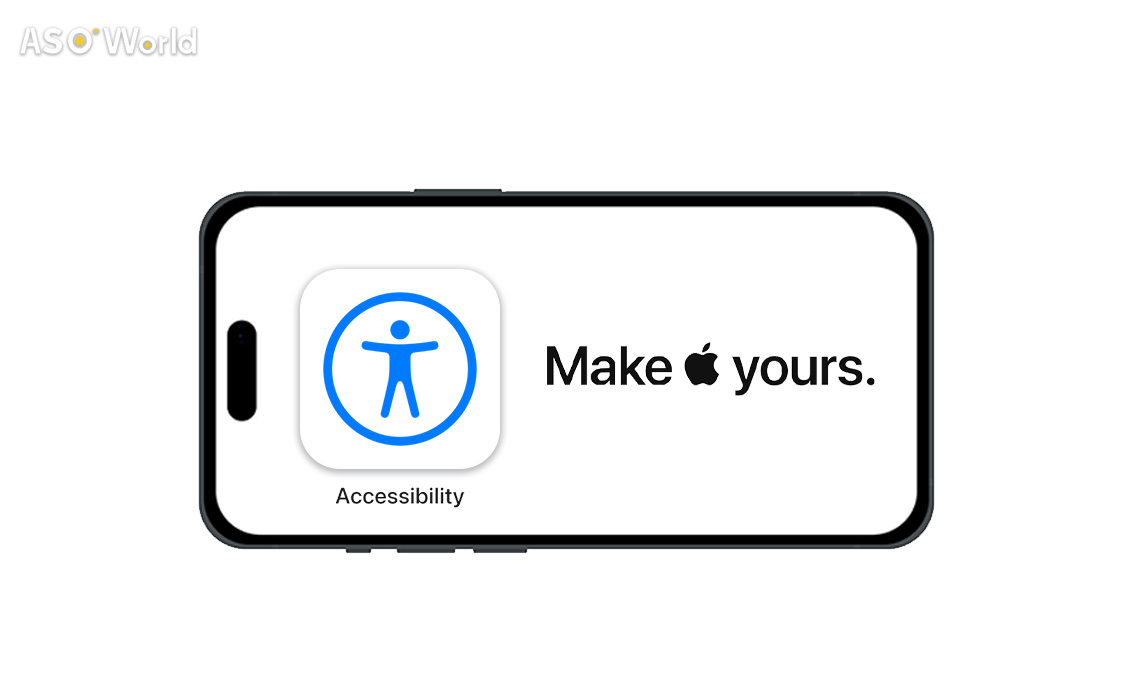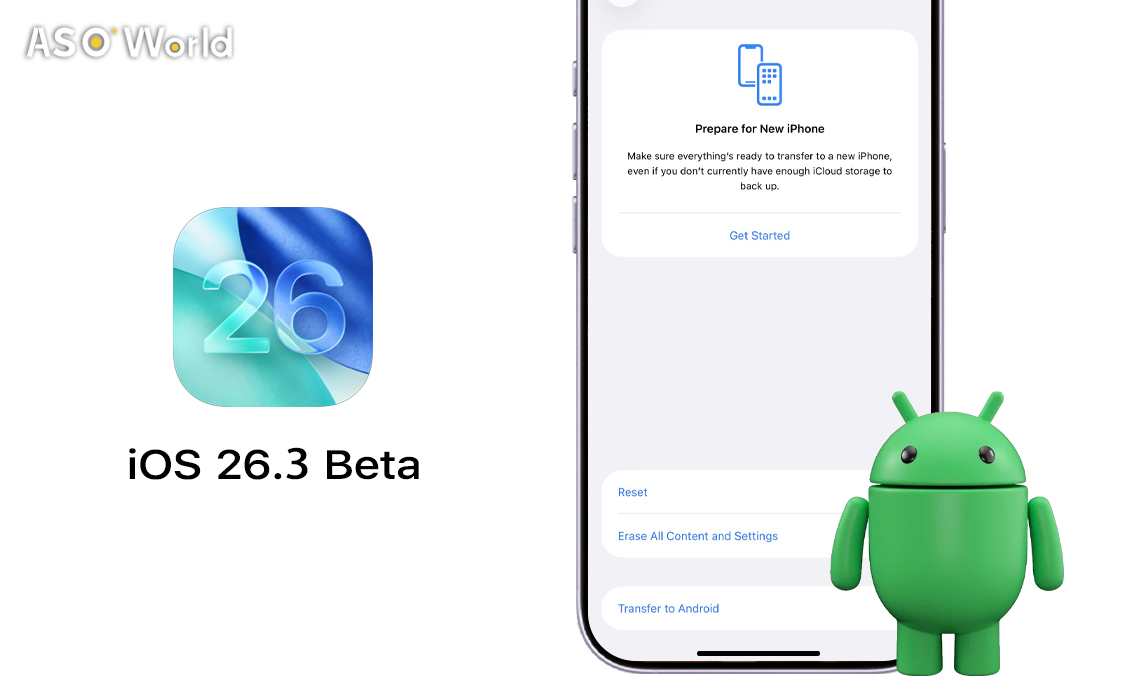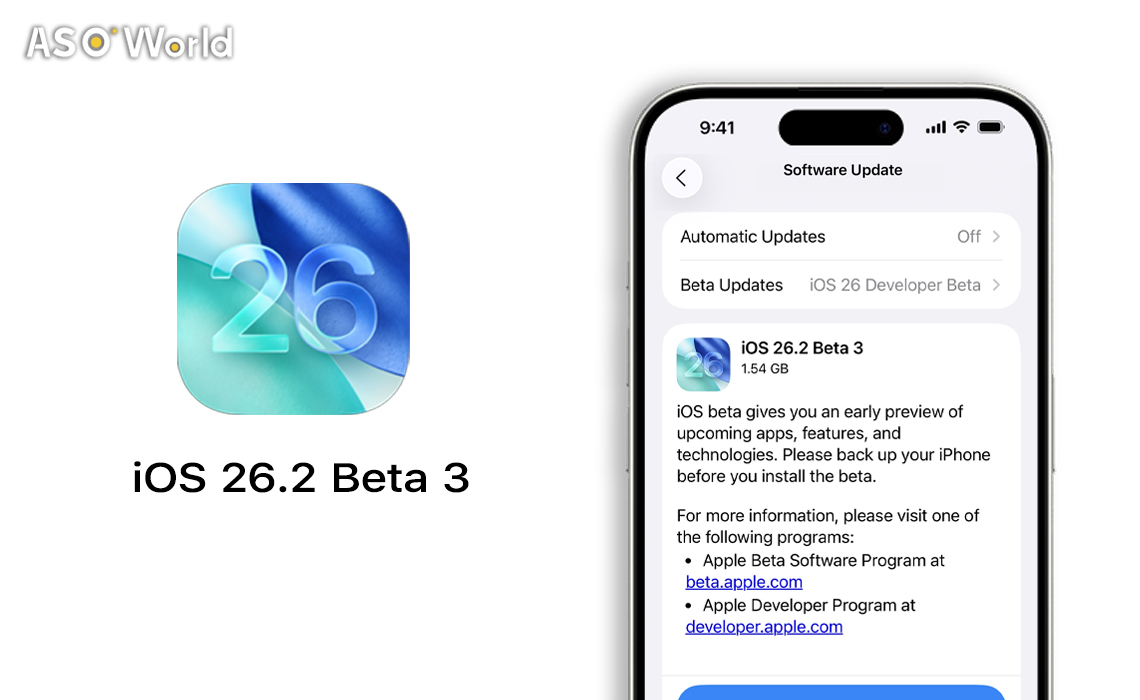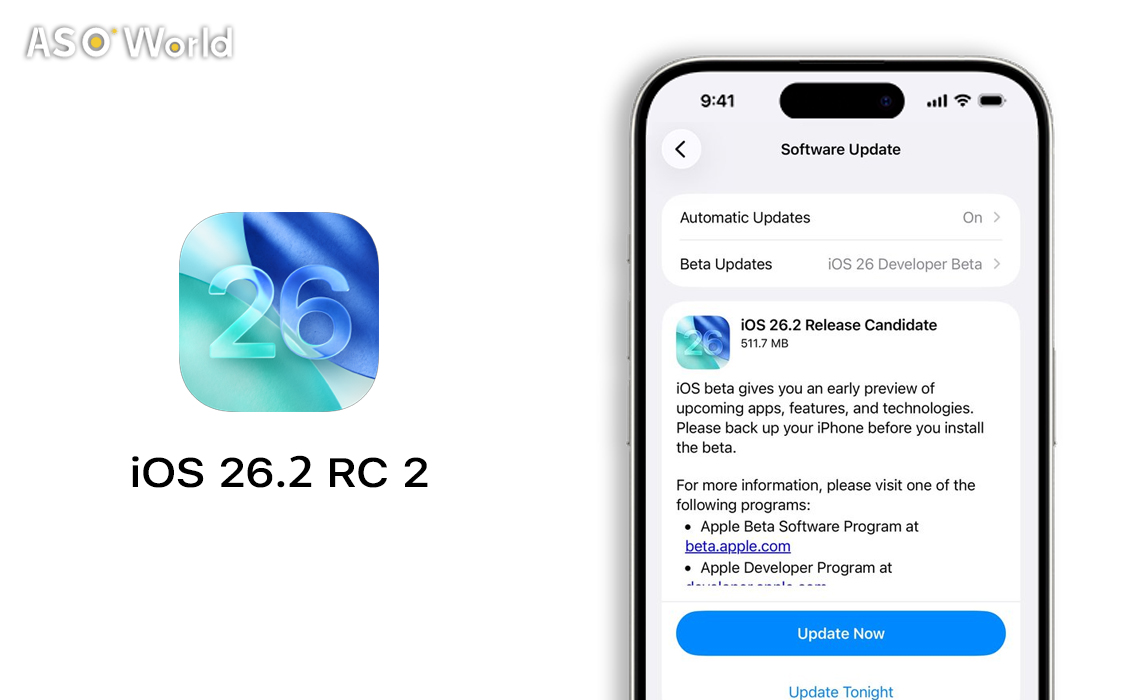Apple has announced a series of new accessibility features designed to make its devices more user-friendly for individuals with various disabilities.
These features, including Eye Tracking, Music Haptics, and Vocal Shortcuts, will be available later this year.
Eye Tracking Comes to iPad and iPhone
An Innovative Solution for Physical Disabilities
Apple's new Eye Tracking feature allows users to navigate their iPad or iPhone using just their eyes.
This feature leverages the front-facing camera and on-device machine learning to ensure all data remains secure and private.
Eye Tracking works seamlessly across iPadOS and iOS apps without requiring additional hardware.
Music Haptics Enhances Musical Experience
A Breakthrough for the Deaf and Hard of Hearing
Music Haptics provides a new way for users who are deaf or hard of hearing to experience music through the Taptic Engine in iPhone. By translating audio into tactile sensations, this feature makes music more accessible and enjoyable.
Vocal Shortcuts and Speech Recognition
Custom Utterances and Atypical Speech Support
Vocal Shortcuts enable users to assign custom utterances for Siri to perform specific tasks.
Additionally, the Listen for Atypical Speech feature uses machine learning to recognize various speech patterns, offering enhanced speech recognition for users with conditions like cerebral palsy or ALS.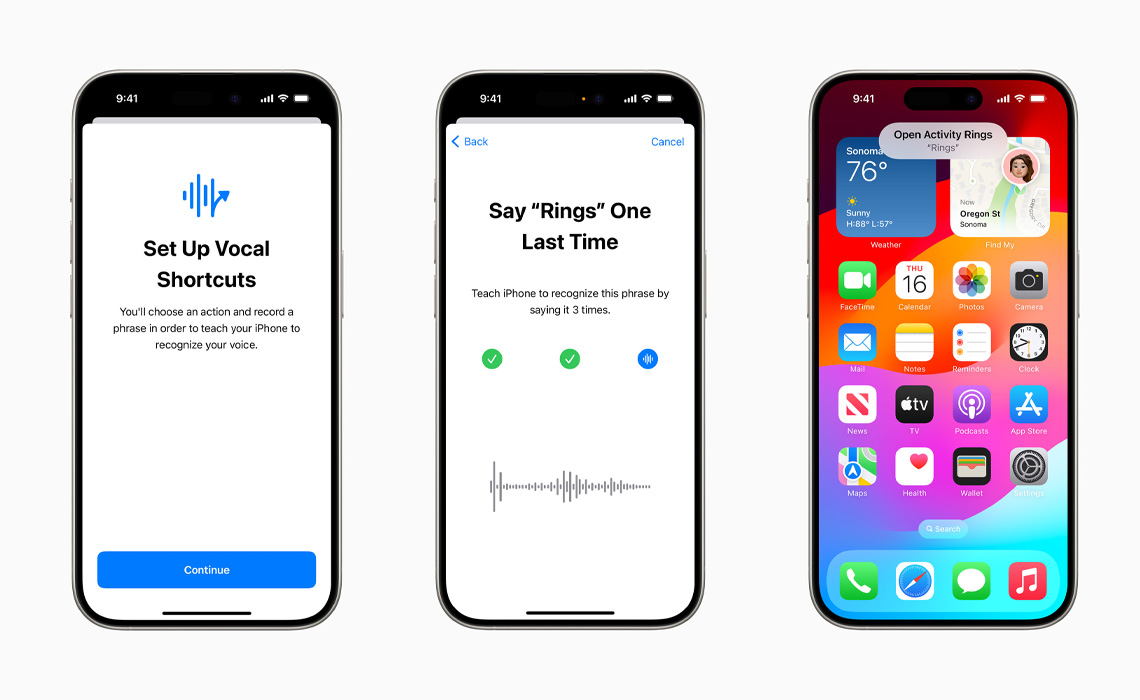
(Credit: Apple)
Vehicle Motion Cues and CarPlay Enhancements
Reducing Motion Sickness and Improving Accessibility
Vehicle Motion Cues can help reduce motion sickness by displaying animated dots that represent vehicle motion, minimizing sensory conflict.
CarPlay updates include Voice Control, Color Filters, and Sound Recognition, making the driving experience safer and more accessible for all users.
Accessibility Features for visionOS
Enhanced Features for Apple Vision Pro
visionOS will introduce systemwide Live Captions, supporting users who are deaf or hard of hearing.
Additional features include Reduce Transparency, Smart Invert, and Dim Flashing Lights, aimed at users with low vision or sensitivity to bright lights.![]()
(Credit: Apple)
Editor's Comments
Apple's commitment to accessibility is evident in these groundbreaking features.
By leveraging artificial intelligence and machine learning, Apple continues to push the boundaries of inclusive design.
These updates not only enhance user experience but also set a new standard for accessibility in technology.
